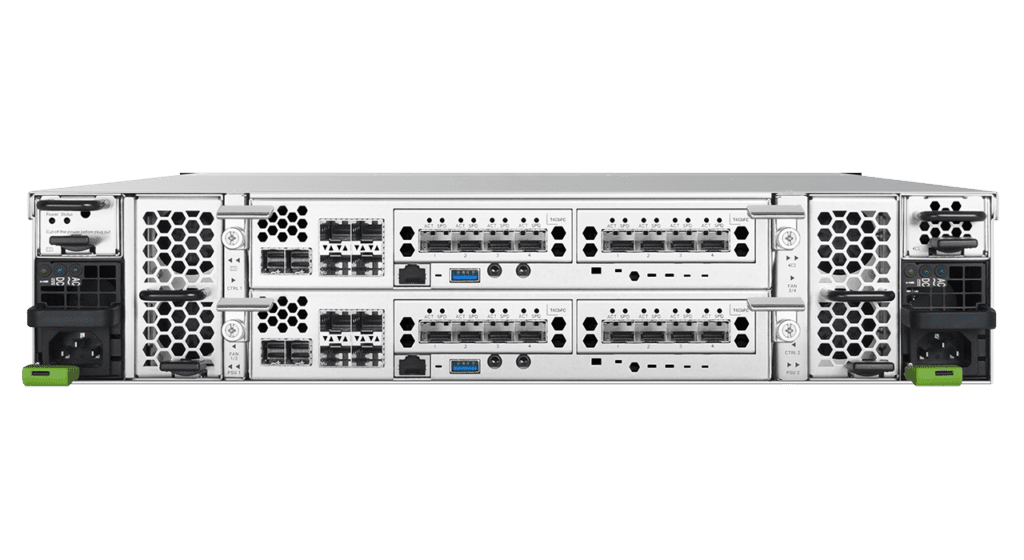Recent years show a surging number of cases where legacy systems deployed are gradually migrated to private cloud so as to remain up-to-date. In response to overall technological advancements, IT must also plan for a new rack architecture based on 10G and the storage host connection must have sufficient flexibility to support SFP. The question is which interface we should choose: 10GBASE-T or SFP+? Here we will explain why recommend choosing 10GbE SFP+ over BASE-T.
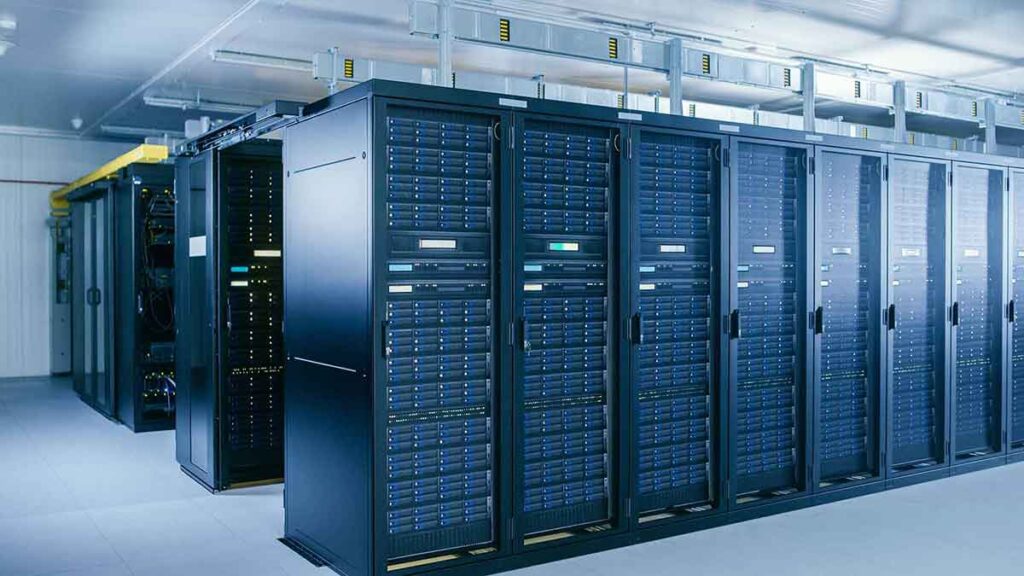
The direction of hardware veers toward the “Cloud in Rack” architecture. All physical components of a server architecture are condensed into different layers of one robust rack, with the switch as Top of Rack for easier organization. As 10G is standardized into a common trend, businesses should carefully construct their rack architecture.
Some businesses might skimp on seemingly insignificant details such as cabling. In truth, selecting the correct interface is one of the most important ways which businesses can instantly save on costs to lower TCO (Total Cost of Ownership).
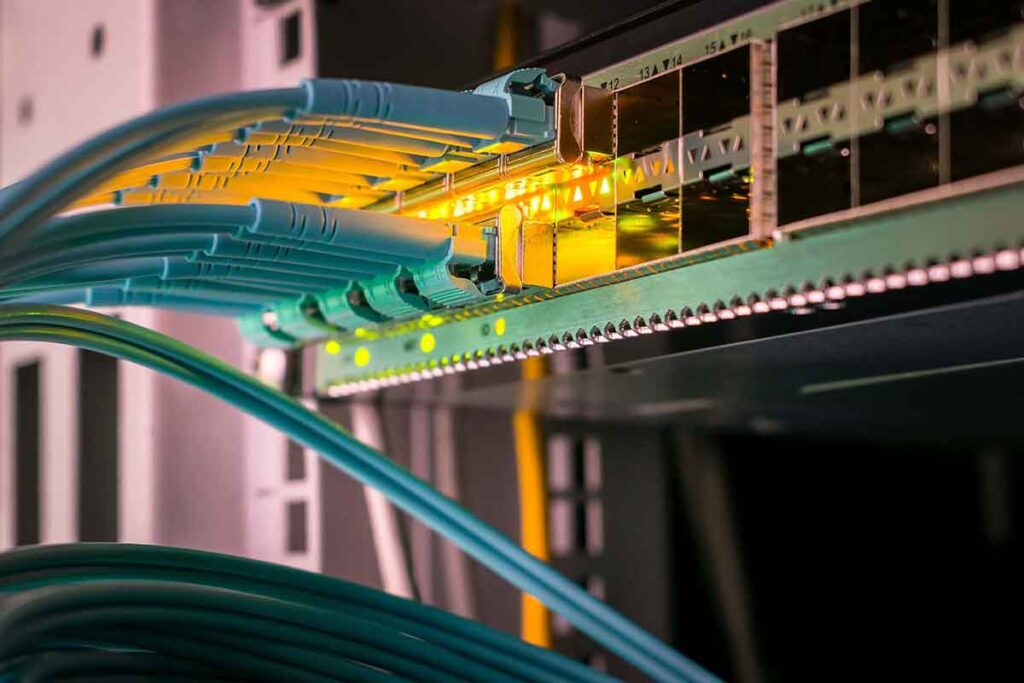
Comparison of 10G SFP+ and BASE-T
| SFP+ | BASE-T | |
| Pros | – Lower latency – Lower power consumption – Flexibility in selection of connected equipment – Can cover long distances, esp. with transceivers – Lower fire and electrical risk since it is non-sensitive to electromagnetic interference | – Cheap pair cables – Easy and instant deployment with easy setup difficulty – High accessibility for all – Patch panels usable without transceivers |
| Cons | – Patch panels, transceivers costly – Unable to leverage advantages for short distances | – Higher power consumption – Trouble extending cable beyond 100m |
SFP+ Advantages over BASE-T
Particular to the Cloud-in-Rack architecture, we observed power consumption and latency as the two main factors in this showdown.
| SFP+ | 10BASE-T | |
| Power Consumption | 0.7 watts per end | 2 to 5 watts per end |
| Latency | 0.3 microseconds | Less than 2 microseconds |
Power Consumption
A TOR switch usually estimates 48 ports, with the whole Cloud-in-rack architecture totaling 96 ports (48 links). Assuming a Cloud in rack deployment where each end of a BASE-T cable consumed 2 watts each end, this approximates to three to four times more than a fiber cable’s power consumption. We calculate the graphs below with SFP 0.7w/ port and 10BASE-T 2w/port, in a 48-link Cloud-in-Rack deployment when the environment is a 24-hour run data center.
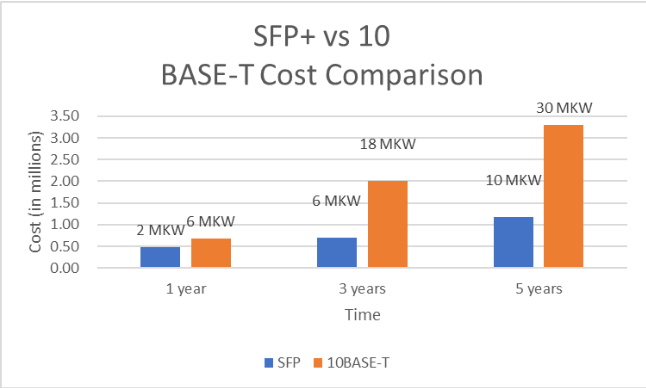
Suppose every KwH cost 11.18 U.S. cents in retail price in 2021, an average of 242 KwH consumed per hour for SFP+, and 691 KwH per hour consumed for BASE-T rounds to a cost of $648 and $1848 per day.
Owing to these numbers, it’s clear that SFP+ is the popular choice. A large amount of 10BASE-T cables can become extremely costly for a data center deployment. The standalone costs prove a stark difference of potentially 2 MILLION dollars you could save in data center costs in 5 years.
Latency
Latency wise, 10BASE-T cables deliver latency of less than 2 microseconds, while SFP+ cables deliver lower latency overall of 300 nanoseconds per link regardless of length. As the number of links increase, SFP+ latency does not increase. Applications benefitting most from low latency include but are not limited to data which needs near real-time access (such as through VDI deployment), devOps, streaming analytics (such as in large scale surveillance), and multimedia. Industry use cases include but are not limited to public sectors (cybersecurity and monitoring), manufacturing (preventative alerts to warn when a device will fail), healthcare (ICU monitoring, diabetes management), and many more sectors.
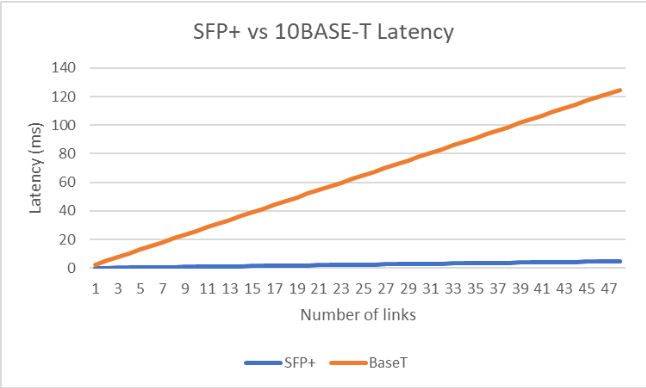
Cable Options
SFP+ cables enable a constant, high-speed transmission of data, but the steep price on these cables means that on most customer ends 10BASE-T is commonly used. The most cost-effective solution for short distances would be a SFP+ based switch paired with a Twinax cable. A 10G switch has no virtual difference in price in SFP+ or 10BASE-T. Users can reap the benefits of fiber and save on the price of both GBIC and fiber cable.
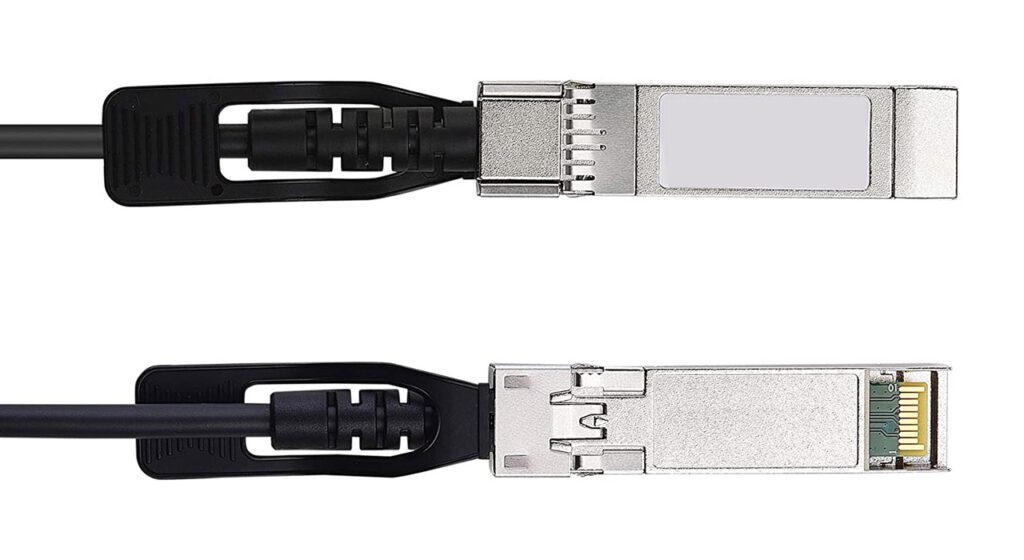
Conclusion: Choosing 10GbE SFP+ over BASE-T
Migrating to SFP+ will be first priority for businesses modernizing toward a data center IT infrastructure. Under a fiber deployment, the more racks that a user might have, the more energy is saved and the more latency is preserved in the long run, leading to lower overall TCO.
The difference may not be apparent initially, but power and performance takes a sharp toll on user architecture in the long-term. As an essential part of the Cloud Rack, storage should be optimized to have built-in SFP+ ports so that there should not be extra costs to implement SFP+.
